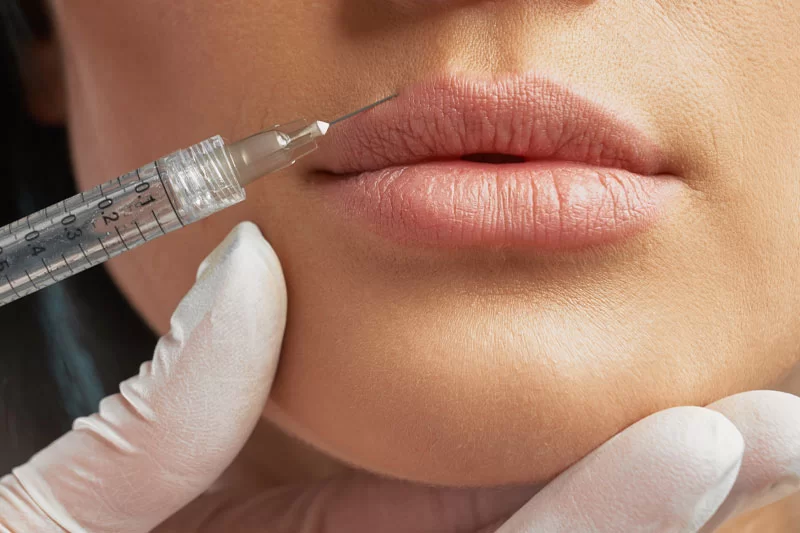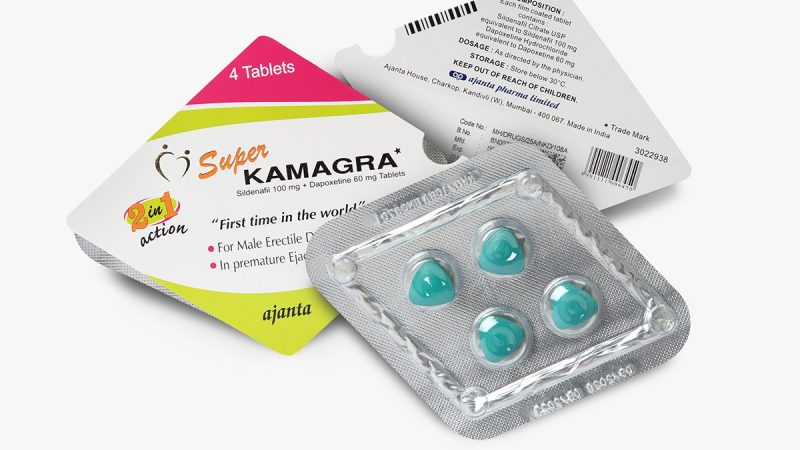What Do You Need To Know About Botox?

Botox is a prescription medicine that relaxes muscles by inhibiting nerve signals, hence reducing face wrinkles. Botox Cosmetic is used to treat wrinkles, but Botox injections are used to treat medical disorders such as migraines, bladder problems, and excessive sweating by relaxing muscles and blocking nerve signals. Both have FDA approval. Visit this page for saddle river botox services.
Are Botox and Botox cosmetics the same?
Botox and Botox Cosmetic are not interchangeable due to differences in strength and FDA-approved usage. Both include the neurotoxic onabotulinumtoxinA. Abobotulinumtoxina (Dysport), incobotulinumtoxina (Xeomin), daxibotulinumtoxinA-lanm (Daxxify), prabotulinumtoxina (Jeuveau), and rimabotulinumtoxinb (Myobloc) are all FDA-approved botulinum toxins.
Use of Botox Cosmetic:
Botox Cosmetic is FDA-approved for adults to eliminate moderate to severe face wrinkles such as forehead lines, crow’s feet, and frown lines between the brows.
Use of Botox:
Botox is used to treat a variety of conditions, including chronic migraine prevention, cervical dystonia (abnormal neck muscle contraction), limb muscle stiffness (spasticity), eye muscle conditions, overactive bladder and urinary incontinence management, and severe underarm sweating.
Are there any risks involved?
Botox is not recommended if you have a local infection at the injection site, have an overactive bladder or incontinence, have a current bladder infection, or are unable to urinate without catheterization. The botulinum toxin has the potential to spread, resulting in severe and potentially fatal consequences. Seek medical attention right away if you are experiencing symptoms such as hoarseness, drooping eyelids, visual problems, severe muscle weakness, loss of bladder control, or difficulties breathing, talking, or eating.
Botox should not be used if you are allergic to botulinum toxin or any of its constituents, have infections in the injection site, have a current bladder infection, or have trouble peeing without a catheter.
Notify your doctor if you’ve recently received botulinum toxin injections, have ALS, myasthenia gravis, Lambert-Eaton syndrome, breathing abnormalities, swallowing problems, facial weakness, altered facial appearance, bleeding problems, or have recently had face surgery.
Botox is made from human plasma, which may include viruses; discuss the risks with your doctor. Because the safety of pregnancy and breastfeeding is not fully proven, consult your doctor.
Final thoughts:
Botox injections, especially for cosmetic purposes, should only be performed by skilled medical specialists. The frequency of Botox Cosmetic injections is determined by the condition being treated, with at least 3 months between treatments and up to 12 weeks for other disorders. The effects are just transitory and may return within three months. Avoid excessive use and switching between providers.







